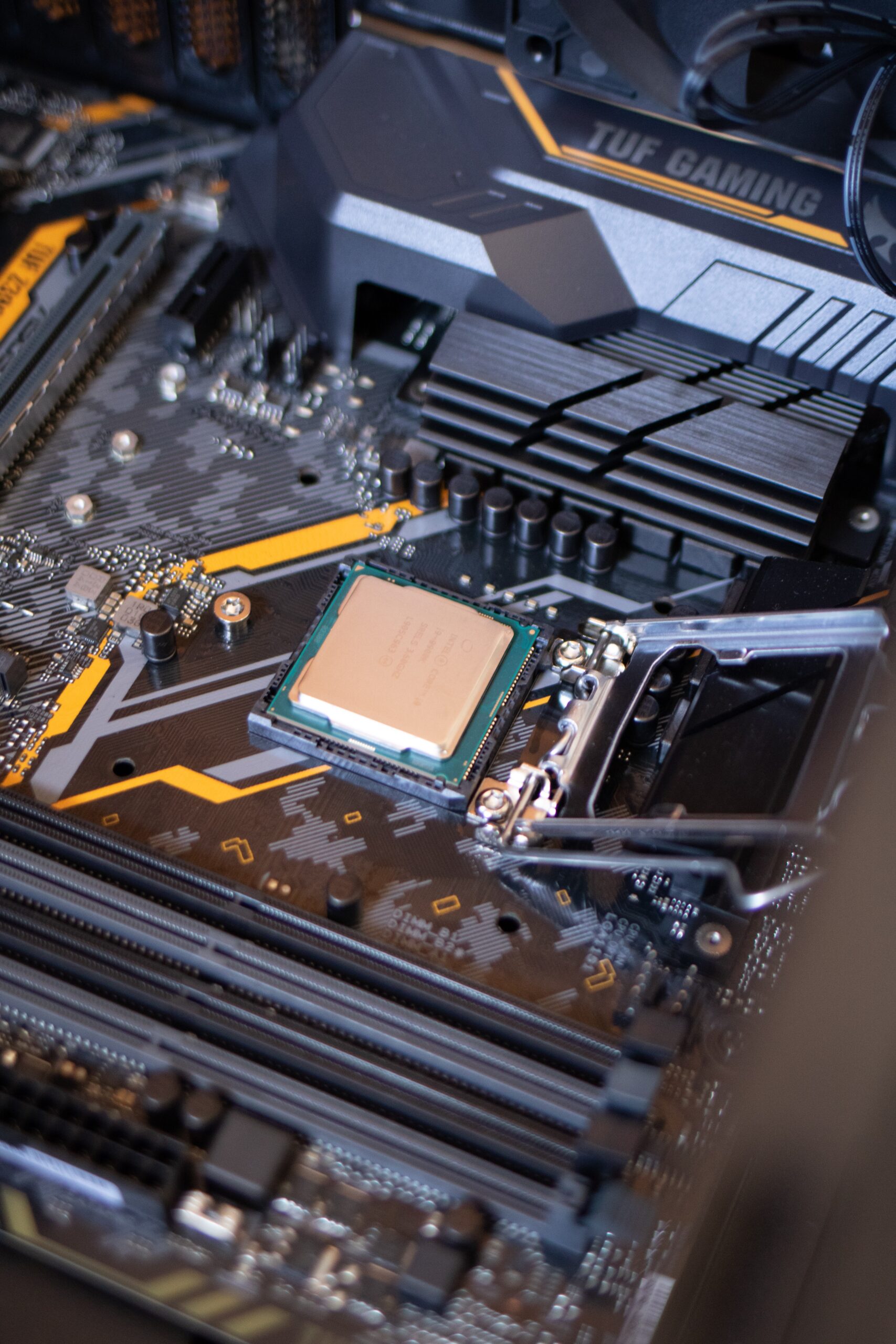
RISC-V Primer
Introduction to the RISC-V Architecture
Description
RISC-V Primer is an introductory-level course that provides students with a foundation in the RISC-V instruction set architecture. This course serves as a stepping stone for students to understand the fundamental concepts and principles underlying RISC-V, equipping them with the knowledge and skills necessary to work with this architecture effectively.
Through practical exercises, learners will learn instruction formats, addressing modes, data types, memory organization, and program control. By examining real-world designs, they will understand how RISC-V instructions are executed and how they interact with the underlying hardware.
Throughout the course, learners will gain proficiency in programming using the RISC-V assembly language. They will learn how to write, analyze, and optimize RISC-V code, harnessing the full potential of this architecture. By experimenting with various programming techniques, students will discover the trade-offs and performance considerations involved in designing efficient RISC-V programs.
Prerequisites
Understanding of the fundamental concepts of computer architecture, including the organization of processors, memory, and input/output systems.
Proficiency in a high-level programming language is beneficial, as students will be working with assembly code and implementing RISC-V programs. Knowledge of concepts such as variables, control structures (loops, conditionals), functions, and data types is important.
Familiarity with digital logic design principles, including Boolean algebra, logic gates, and basic circuit design, will aid in understanding the underlying hardware aspects of RISC-V architecture.
Learning outcomes
- Understand the fundamental concepts of the RISC-V architecture, including its instruction set, data types, and memory organization.
- Analyze and interpret RISC-V assembly code, demonstrating proficiency in reading and understanding the syntax and semantics of RISC-V instructions.
- Design and implement basic RISC-V programs using assembly language, applying knowledge of instruction formats, registers, and memory operations.
- Identify and explain the key components and modules of a RISC-V processor, such as the control unit, ALU, and memory hierarchy.
- Evaluate the performance characteristics of RISC-V processors, including factors such as instruction execution time, pipelining, and cache utilization.
- Demonstrate an understanding of the principles and techniques for optimizing RISC-V code, including instruction scheduling, loop unrolling, and register allocation.
- Apply debugging and troubleshooting techniques to identify and resolve issues in RISC-V programs, utilizing software tools and resources.
Topics
- Introduction to RISC-V
- RISC-V CPU Implementation
- RISC-V Memory Management
- RISC-V Interrupt and Exception Handling
- RISC-V C Programming and Debugging
- RISC-V Optimization
- RISC-V Optimization for FPGA and Embedded Systems
Lectures
| Title | Lecture |
| Lecture 1: What is RISC-V? | Link |
